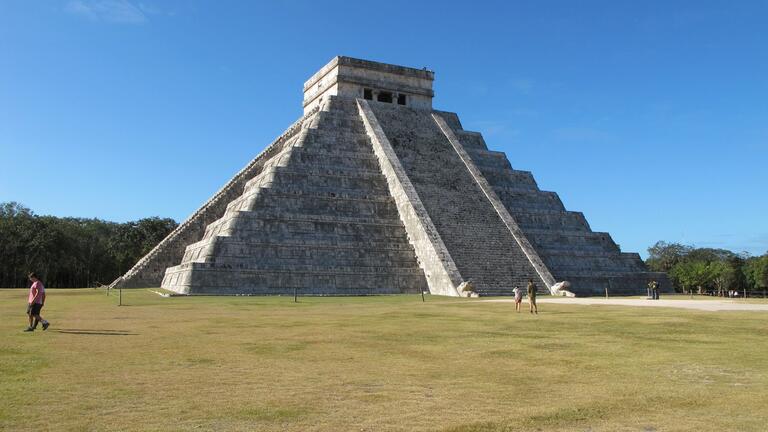Aztec to Zacatecas: Mesoamerican & Spanish Colonial Architecture of Mexico & Guatemala
This architectural history course surveys the built environment of Mexico and Guatemala during the Mesoamerican and Spanish Colonial eras. While the ensuing Spanish architectural and urban imprints can be seen as a superimposition of colonialism’s political, social and architectural ideals on top of Maya and other Pre-Columbian traditions, the architecture of the Colonial era is also characterized by resistance, fusion and invention between European and indigenous practices.

Chichén Itzá.
This architectural history course surveys the built environment of Mexico and Guatemala during the Mesoamerican and Spanish Colonial eras. In 1519, when the Spanish conquistador Cortés landed in what is now Mexico, he encountered one of the world’s largest and most spectacular civilizations. The Aztec empire, however, was only the latest urban civilization in a Mesoamerican tradition that stretched back over 2,000 years. Mesoamerica was one of the cradles of civilization that arose autonomously and developed into a network of shared but not identical cultural and architectural traits across time and space. While the ensuing Spanish architectural and urban imprints can be seen as a superimposition of colonialism’s political, social and architectural ideals on top of Maya and other Pre-Columbian traditions, the architecture of the Colonial era is also characterized by resistance, fusion and invention between European and indigenous practices.
Non-majors are welcome.